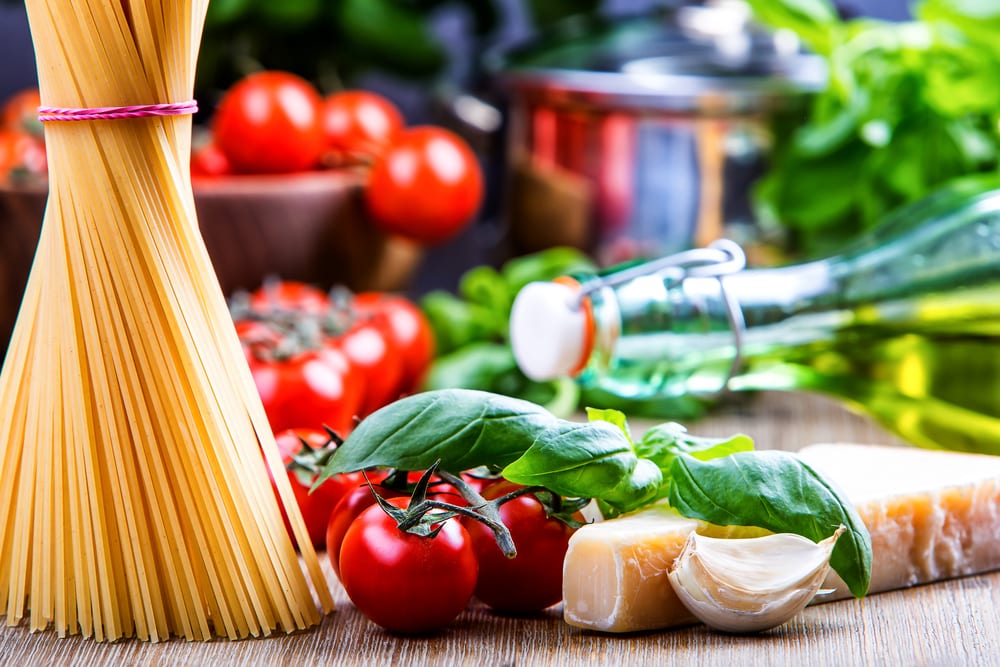Dining for pleasure, the Italian way
Dining for pleasure, the Italian way
Dining for pleasure, the Italian way
-
Hannah
-
Hannah

In my lifetime I have been very fortunate to travel widely, visiting many different countries across the world, and this has been a key inspiration for my writing. (‘Traveling,’ said Ibn Battuta, ‘it leaves you speechless, then turns you into a storyteller.’)
I love to explore when I visit a new place – to take in all the sights, to visit places of cultural and historical importance, to people-watch. I seek out the best views, of city and village, meadow and mountain, river and ocean. I go to museums and galleries; I explore castles and palaces; I visit the theatre… and, of course, I dine out.
Paese che vai usanze che trovi, say the Italians, which translates to: every country you visit has different customs. Certainly, this is what makes travelling so fun and enriching. When it comes to dining, I adopt the wisdom of Saint Ambrose: when in Rome, do as the Romans do. I try local dishes, and I do my best to learn the customs of the dinner table. In this way I have discovered so many delicious new foods and I have found my own way of dining has evolved so that mealtimes – especially when I host company – are a great pleasure in life.
The Italians, above all, have inspired me, for their culture around dining is so distinctive and really rather wonderful. I have written two novels set in Italy so far: The Echoes of Love, set in Venice and Tuscany, and Concerto, set on Lake Como. It was absolutely no hardship for me to research these books, especially when it came to the cuisine – delizioso!

Italian cuisine is part of the broader Mediterranean cuisine, with which I am of course very familiar, having grown up in Egypt. It’s a diet rich in fruit and vegetables, grains and wheat, fish and seafoods, herbs and spices, that’s not only full of flavour but has been proven to be good for one’s health, lowering the risk of heart disease.
No doubt you can imagine what foods may feature on the menu when dining out in Italy; staples like risotto, pizza and pasta spring to mind, along with desserts like gelato and tiramisu. Authentic Italian cuisine is simple: many dishes contain no more than three or four ingredients. Pizzas with multiple toppings? These are the creation of cooks outside of Italy – as, incidentally, are popular ‘Italian’ dishes like spaghetti with meatballs, spaghetti with Bolognese sauce (the Italians serve ragu with tagliatelle), garlic baguette (they eat bruschetta), chicken parmesan, carbonara containing cream, macaroni cheese and Caesar salad. The approach to condiments is also uncomplicated: forget seasoning your meal with salt and pepper, or adding salad dressing, mustard or ketchup – the Italians favour only olive oil and vinegar.

I love this simplicity in authentic Italian cuisine; it allows one to really appreciate the flavour of each ingredient. The simplicity extends to drinks too. Traditionally, on the meal table you’ll find only water or wine, because the water won’t detract from the flavours of the food and the wine will enhance them. Coffee comes after the meal; Italians drink un caffé (an espresso) at this time, not a milky coffee like a cappuccino – that’s for the morning. The meal is rounded off with a digestivo like grappa, amaro or, my favourite, limoncello.
Already you can see how much pleasure is inherent in mealtimes in Italy, but then we come to how Italians dine. The meal is an important occasion, approached with passion and reverence. Italians eat slowly, savouring the food. They are in no rush; they don’t remotely ‘eat and go’. Additionally, they share their meal with others, so that dining is at the heart of sociability. So goes the Italian saying, ‘At the table with good friends and family you do not become old.’ Italians may dine out late into the evening, laughing and chatting around the table; even children stay up late to be part of the occasion. There is such a wonderful atmosphere at the table; whenever I eat out in Italy I think, this is how we should all be dining. Truly present, truly appreciative of the meal and the company.

I will leave you with one final Golden Rule for Italian dining: when eating spaghetti, twirl it around the fork, and eat it straight from the fork (not a spoon). Anything else is sacrilegious in Italy.
Picture credits: 1) Nadiia Vinnikova/Shutterstock; 2) Marian Weyo/Shutterstock; 3) Kitreel/Shutterstock.